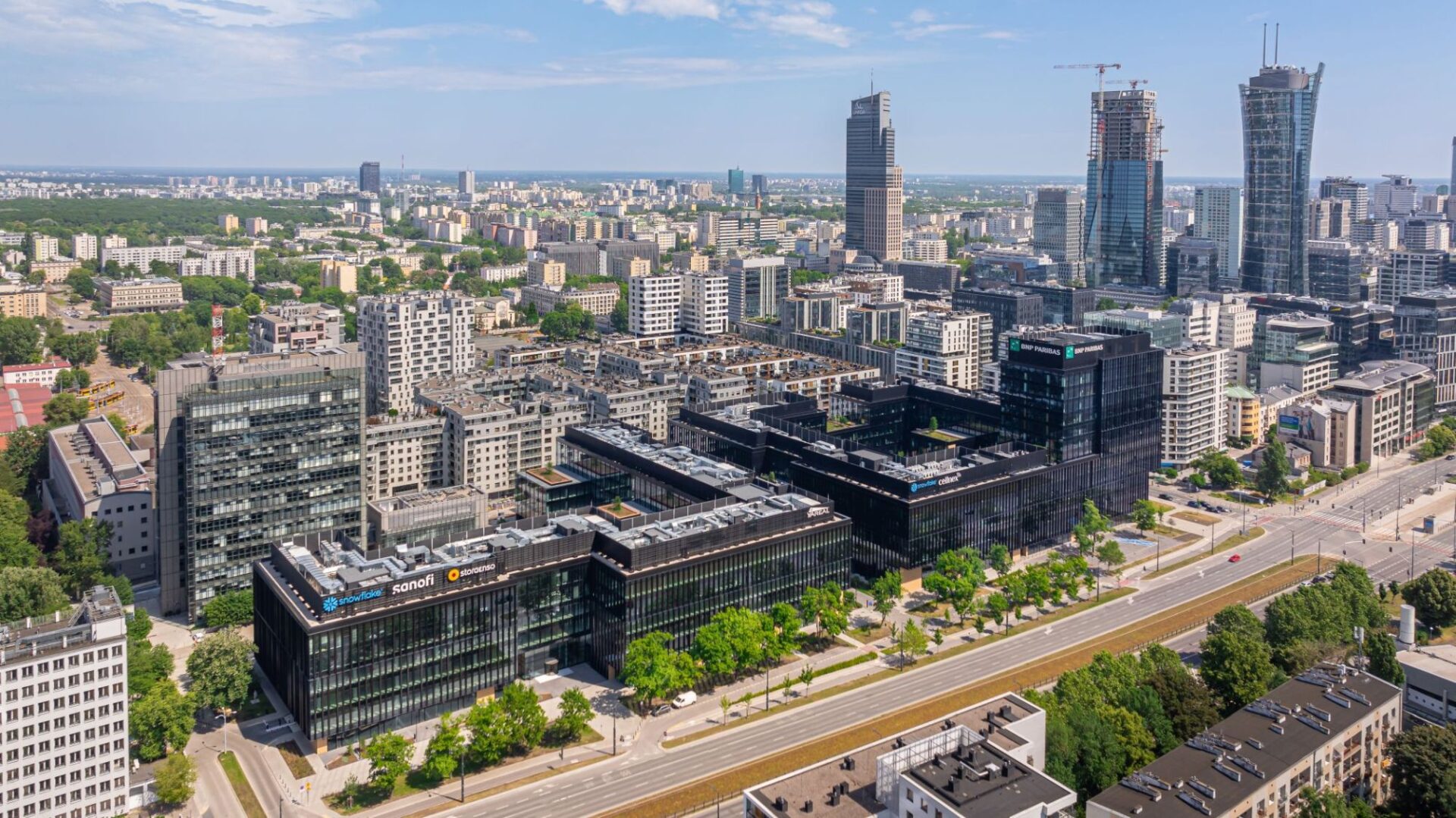Warburg-HIH Invest Real Estate (Warburg-HIH Invest), a German AIF management company (KVG), successfully maintained its growth trajectory last year. By the end of 2017, its assets under management added up to €6.7 billion. This implies an increase by 11.0 percent (up from €6.0 billion in 2016). The AIFM’s portfolio currently includes 56 investment funds.
“We owe the robust result to a series of successful project acquisitions both in Germany and other European countries, as well to our ability to find bespoke investment solutions for institutional clients and their portfolios,” said Hans-Joachim Lehmann, Managing Director at Warburg-HIH Invest and head of the Transaction Management Germany unit. He went on to point out that the result is also reflected in the strong average fund performance across all funds during 2017. “Delivering a total return of around eight percent, we achieved another impressive result for our investors while rolling back the leverage at the same time. Our strategic long-term investment strategies are paying off,” said Alexander Eggert, Managing Director of Warburg-HIH Invest and head of the Fund Management and Product Management units.
Growing Acquisition Volumes
The transaction volume in 2017 approximated €1.6 million. The sum total breaks down into €1.1 billion for altogether 26 acquisitions (2016: €1.1 billion) and €0.5 billion for a total of 21 disposal (2016: €0.8 billion). In 2016, Warburg-HIH Invest reported a transaction volume of €1.9 billion. “We are quite pleased with the stable volumes in what is after all a strained market environment, defined by pent-up demand,” said Lehmann. “As in previous years, we were able to realize substantial volumes in the form of off-market deals. Moreover, we managed to buy into many core properties in a very early property development stage, and thereby to secure comparatively favorable initial cost conditions.”
Assets acquired in 2017 included the “Quartier am Auswärtigen Amt” complex in Berlin, the “urban view” property development in Heidelberg, the “Oberwiehre” shopping centre in Freiburg, the “Bremer Carrée” retail scheme in Bremen, and the “Sagittarius Business House” and “Pegaz” schemes in the Polish city of Wrocław. A major club deal worth noting is the property development of the new Gruner + Jahr corporate headquarters in Hamburg’s HafenCity sub-district, which is expected to have an investment volume of €250 million. The sales side was dominated by strategic disposals of single properties such as the “Kö-Blick” mixed office-commercial building in Düsseldorf, the “Arts20” office scheme in Brussels, Belgium, as well as a retail scheme each (shopping centre or retail warehouse park) in Italy, Spain and Austria.
Expansion of the Pan-European Investment Strategy
Warburg-HIH Invest was also very active in European countries other than Germany. Indeed, the company transacted €312 million worth of deals abroad in 2017. It closed transactions in seven countries outside Germany. By opening branch offices in Vienna (September 2017) and Amsterdam (January 2018), Warburg-HIH Invest continued to expand its pan-European investment strategy. “Maintaining a presence on the ground reinforces our local network in the market, and brings us closer to the assets managed by the HIH group of companies,” said Andreas Schultz, Managing Director of Warburg-HIH Invest and head of the Transaction Management International unit. “We will continue to expand into other locations where the property portfolios under our management have grown to a certain size.”
Sustained Keen Investor Interest in Fund Products and Club Deals
“One of the trends we continued to see in 2017 was that pooled funds as well as individual funds and club deals met with keen interest,” reported Alexander Eggert, Managing Director and responsible for fund management and product management. “We launched funds with closely defined investment strategies as well as products with a broad-based pan-European orientation.” Felix Gold, the Managing Director responsible for the Capital Management and Structuring units, assumes that the ongoing year will continue to see a steady increase in investor interest and a persistent trend toward single mandates and single investments, supplemented by a constant need for portfolio diversification and pooled fund solutions. The latter trend is driven mainly by savings banks and cooperative banks.







